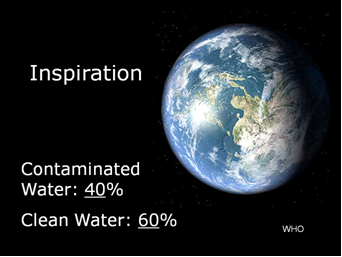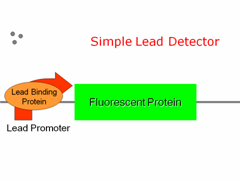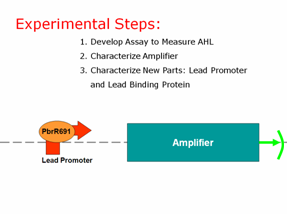Lead
From 2007.igem.org
| Line 107: | Line 107: | ||
According to the WHO, 40% of the planet does not have access to clean water. Lead is a serious contaminant around the world. It can cause neurological disorders, anemia, and death. In the United States alone, 3.5 million people have high levels of lead in their blood, so the problem is prevalent in both the developed and developing world. Children under the age of 12 are most at risk for lead poisoning. For more on lead poisoning, click [http://www.aquasanastore.com/water-you_c04.html here]. | According to the WHO, 40% of the planet does not have access to clean water. Lead is a serious contaminant around the world. It can cause neurological disorders, anemia, and death. In the United States alone, 3.5 million people have high levels of lead in their blood, so the problem is prevalent in both the developed and developing world. Children under the age of 12 are most at risk for lead poisoning. For more on lead poisoning, click [http://www.aquasanastore.com/water-you_c04.html here]. | ||
| - | [[Image:Inspiration.jpg]] | + | [[Image:Inspiration.jpg|thumb]] |
=[[\Design | Design]]= | =[[\Design | Design]]= | ||
Revision as of 01:33, 27 October 2007

|
|||||||||||||||||


